Looking for a cocoa powder substitute? Explore our guide to find the best cocoa flour alternatives such as cacao powder, carob powder, and melted chocolate. Learn how to make substitutions for similar results in a variety of recipes.

Jump to:
What is cocoa powder?
Cocoa powder is a dry, unsweetened powder produced by grinding cacao beans after cocoa butter is removed. The beans are first dried and then the fat (cocoa butter) is extracted from the remaining cocoa solids. The dried cocoa solids are then ground into a fine powder.
Pure cocoa power is gluten-free. There are two main types: natural cocoa powder (cacao powder) and Dutch-processed cocoa powder. Natural cocoa powder has a lighter color and a more acidic, robust flavor. Dutch-process cocoa is treated with an alkalizing agent. This results in a darker color and milder taste.
Both types of cocoa powder are essential in baking, cooking, and beverages. Ultra Dutch powder is labeled as black cocoa powder. This is due to the heavy alkalizing process and the very dark color that is produced.
Dark cocoa powders provide chocolate recipes with a rich, dark color and smooth flavor like Oreo cookies!
Uses
Baking - Essential for chocolate cake, brownies, cookies, muffins, and even gluten-free mug cake!
Beverages - Ideal for creating hot cocoa mix, chocolate milk, and smoothies.
Desserts - Key ingredient in puddings, regular and vegan chocolate mousse, ice creams, and even chocolate hummus.
Frostings & Ganache - Provides rich flavor for frosting and cake ganache.
Dusting - Used to finish desserts like tiramisu and pastries with a light dusting of cocoa.

What is the best substitute for cocoa powder?
There's not a one-size-fits-all gluten-free substitute, but depending on use, there are several great alternative for cocoa powder. The type of cocoa powder you use can have different results, so it is important to know which qualities you are needing to replace.
Raw cacao powder
For those who value both flavor and health benefits, raw cacao powder is a stellar option. Produced from unroasted cocoa beans, this process preserves more antioxidants and offers a flavor that's bold and earthy with a slightly bitter taste.
To substitute, use as a direct 1:1 ratio.
Carob powder
Carob powder, made from the roasted pods of the carob tree, offers a unique, naturally sweet flavor that differs from traditional cocoa. Its caffeine-free profile makes it a popular choice for those seeking a gentler alternative.
Using carob powder as a one-to-one substitute can lend a mellow, slightly different twist to your recipes. Experiment with adjusting your sweetness levels to suit your preferences.
To substitute, use a 1:1 ratio. Keep in mind that carob is naturally sweeter, so you may want to slightly reduce other sugars.
Melted dark chocolate
When a recipe calls for cocoa powder, melted dark chocolate can offer a luxurious alternative. Its smooth consistency and intensified chocolate flavor enrich your dessert with both moisture and decadence.
The extra fat and liquid must be accounted for in your recipe’s overall balance as well as the sugar content. This method is ideal for dishes where a silky texture is desired, such as in ganache or moist, fudgy cakes.
To substitute, use approximately 1 ounce of melted dark chocolate per 3 tablespoons of cocoa powder. Adjust the recipe for the extra liquid and fat as needed.
Ground cacao nibs
Ground cacao nibs bring an artisanal quality to your kitchen creations. Cacao nibs are roasted fragments of cocoa beans. When finely milled, they deliver an authentic chocolate taste.
Although the resulting powder might be a bit grittier than traditional cocoa, it's perfect for recipes where a smooth finish isn’t the only goal.
To substitute, grind cocoa nibs finely and use them as a 1:1 replacement. The texture might be a bit grittier than standard cocoa powder.
Unsweetened baking chocolate
Unsweetened baking chocolate is a concentrated form of pure chocolate without added sugar. Its intense flavor makes it an excellent stand-in when you need that deep, robust chocolate taste.
Because unsweetened chocolate contains more fat than cocoa powder, you might need to adjust your recipe’s butter or oil to maintain balance. This option works beautifully in rich recipes like brownies and chocolate cakes.
To substitute, replace every 3 tablespoons of cocoa powder with 1 ounce of unsweetened baking chocolate. Reduce added fats (like butter or oil) by about 1 tablespoon to balance the extra fat.
Top tips
- Understand the differences: Keep in mind that substitutes vary in fat, moisture, and natural sweetness compared to cocoa powder.
- Adjust for fat content: For richer options like unsweetened baking chocolate or melted dark chocolate, reduce the other fats in your recipe to avoid greasiness.
- Balance the sweetness: When using carob powder, consider cutting back on added sugars to accommodate its inherent sweetness.
- Test in small batches: Experiment with smaller portions first to perfect the conversion without compromising the entire recipe.
- Embrace unique characteristics: Each substitute brings its own twist—let these differences inspire creative variations in your dishes.
Conclusion
In conclusion, several gluten-free cocoa powder alternatives can be used as substitutes for cocoa powder, depending on the recipe and desired flavor and texture. Raw cacao powder, carob powder, melted dark chocolate, cacao nibs, and unsweetened chocolate are all good options.
When substituting, it's important to consider the differences in flavor, texture, and nutritional content, and to make any necessary adjustments to the recipe to ensure the best results.


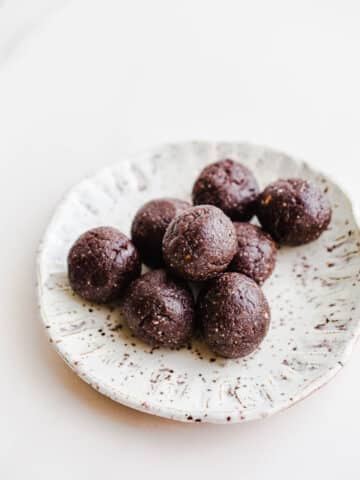

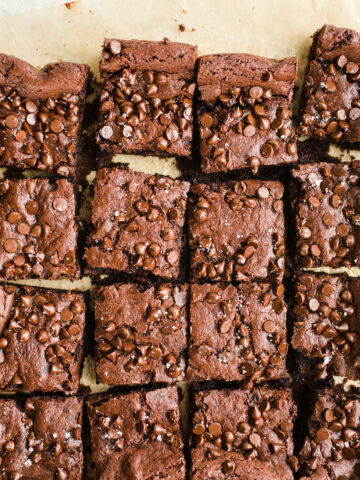

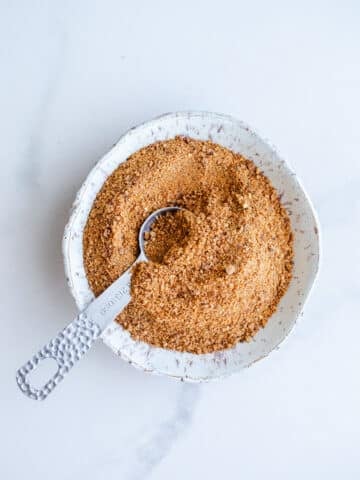
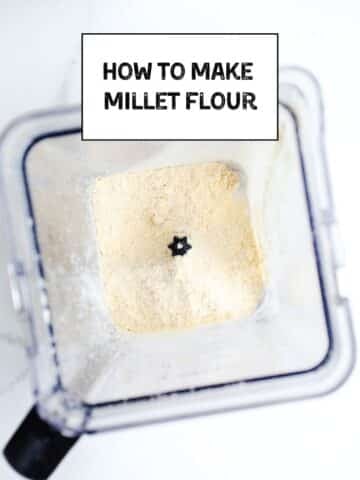
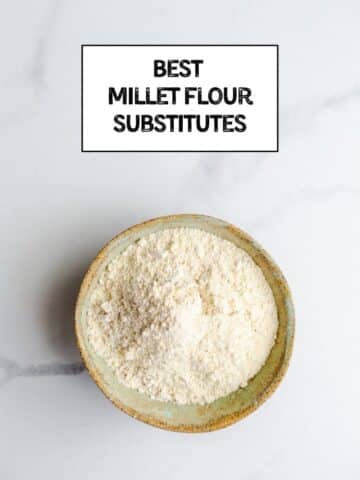
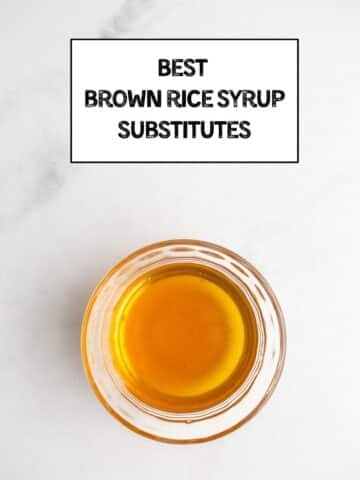
Leave a Reply